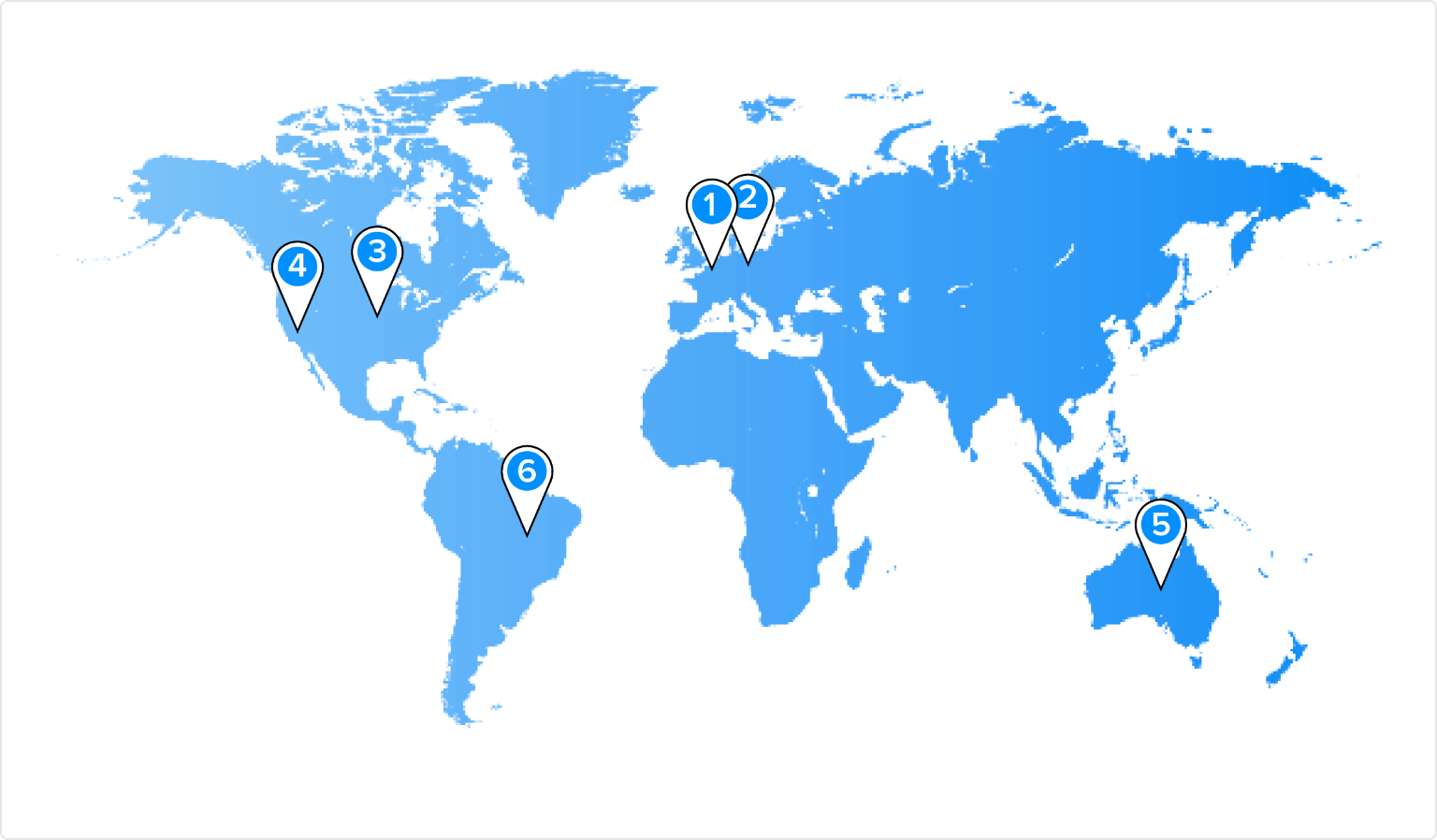Chapter 2
Understanding Data Security Compliance Laws
Data security practices are closely related to the legal concept of data protection. Under data protection
rules, organizations have an obligation to protect individual confidentiality. This means that you have to
keep data safe, prevent unauthorized access and only use data for legitimate purposes.
Data protection laws vary across countries and even between states. However, many laws have an
extra-territorial effect, which means that authorities will punish foreign companies for breaches.
Main data security compliance laws

1
General Data Protection Regulation (GDPR)
| Primary jurisdiction: |
European Union |
| Data covered: |
Any data that could potentially identify an E.U. citizen |
| Website: |
https://gdpr-info.eu/
|
| Notes: |
GDPR is one of the most stringent data protection regimes in the world. Companies must allow users to
opt out of data collection, and they can only capture PII for essential business purposes.
Organizations face severe restrictions on transporting PII out of Europe, even when using a third
party service. The E.U. has successfully fined a number of American firms for GDPR breaches, including
Google 5.
|
2
Bundesdatenschutzgesetz (BDSG)
| Primary jurisdiction: |
Germany |
| Data covered: |
Any data that could potentially identify a German citizen |
| Website: |
https://www.gesetze-im-internet.de/ englisch_bdsg/index.html
|
| Notes: |
E.U. member states can introduce their own laws to supplement GDPR. Germany is the only state to have
done so to date, with the BDSG law that imposes stricter controls and steeper fines. German citizens
can claim for non-monetary damages such as stress and suffering under BDSG.
|
3
Health Insurance Portability and Accountability Act (HIPAA)
| Primary jurisdiction: |
United States |
| Data covered: |
Protected Health Information of Americans |
| Website: |
https://www.hhs.gov/hipaa/
|
| Notes: |
HIPAA refers specifically to health information about an individual, which includes medical records
and biometric information. Under HIPAA, data handlers must ensure confidentiality, integrity and
availability of all relevant information. They must also take steps to prevent breaches and
unauthorized access.
|
4
California Consumer Privacy Act (CCPA)
| Primary jurisdiction: |
California |
| Data covered: |
Personal Identifiable Information (PII) of Californian consumers |
| Website: |
https://oag.ca.gov/privacy/ccpa
|
| Notes: |
CCPA grants consumers more power over their PII, including the right to know what’s on file, the right
to request deletion and the right to opt out of the sale of PII. In the event of a compliance breach,
consumers can directly sue the company. This law is currently unique in the U.S., but it is the
template for forthcoming legislation in other states 6.
|
5
Australian Privacy Act of 1988
| Primary jurisdiction: |
Australia |
| Data covered: |
PII of Australian citizens |
| Website: |
https://www.ag.gov.au/rights-and-protections/privacy
|
| Notes: |
Australia amended its 1988 Privacy Act in 2017 to cover digital communications. The act takes a
principles-based approach to compliance, so companies have some freedom as long as they follow the
spirit of the principles. Since 2018, companies have been obliged under the Privacy Act to notify
Australian authorities of data breaches that may cause harm to an individual.
|
6
Lei Geral de Proteção de Dados (LGPD)
| Primary jurisdiction: |
Brazil |
| Data covered: |
Any data that could potentially identify a Brazilian citizen |
| Website: |
https://www.serpro.gov.br/lgpd/menu/a-lgpd/o-que-muda-com-a-lgpd
|
| Notes: |
Brazil’s LGPD is one of the first international law to model itself on the E.U.’s GDPR. As with
European law, the LGPD covers a wide range of personal information and has an extra-territorial effect
on foreign companies. However, LGPD is generally less punitive in terms of fines and enforcement.
|










